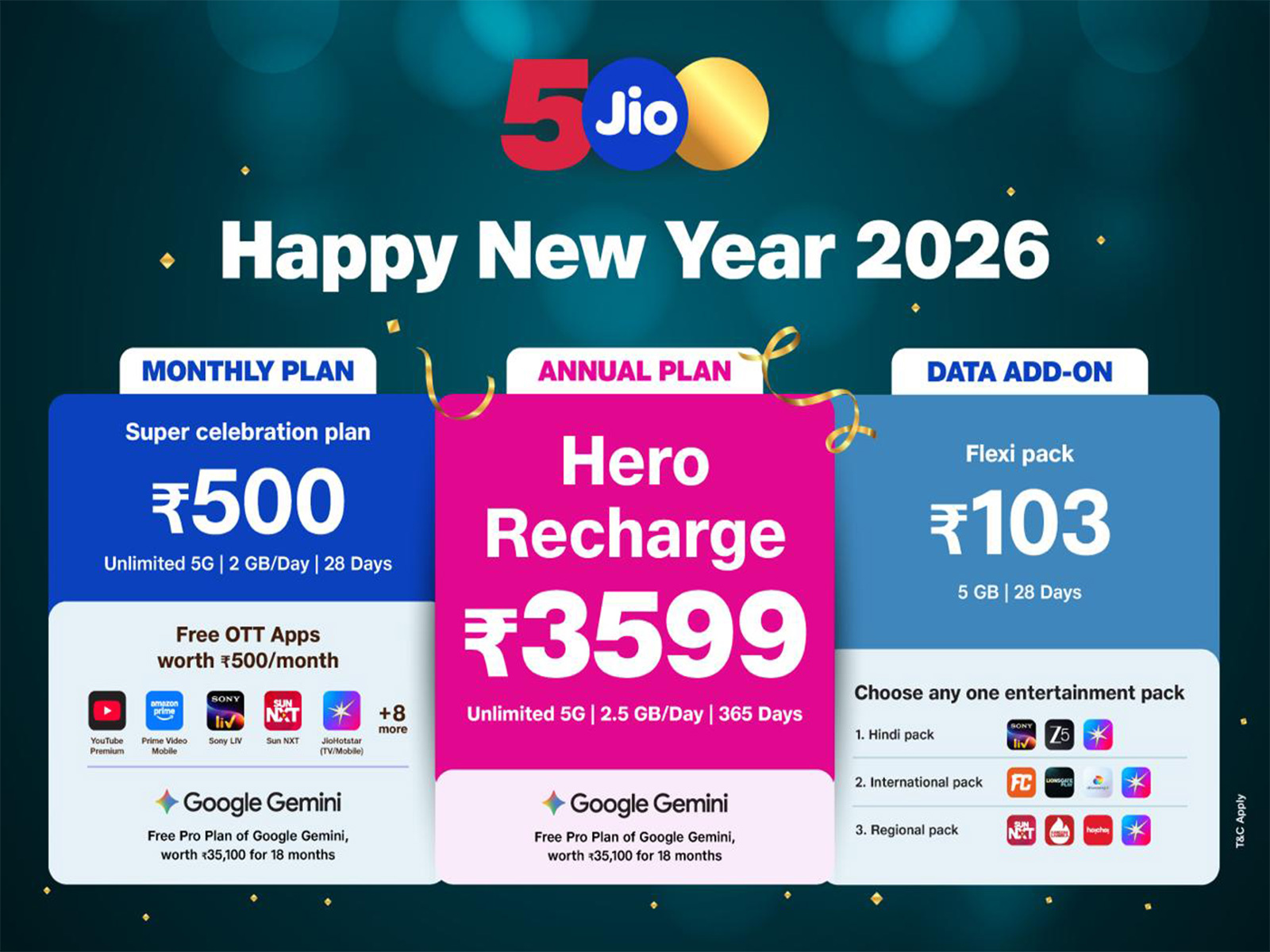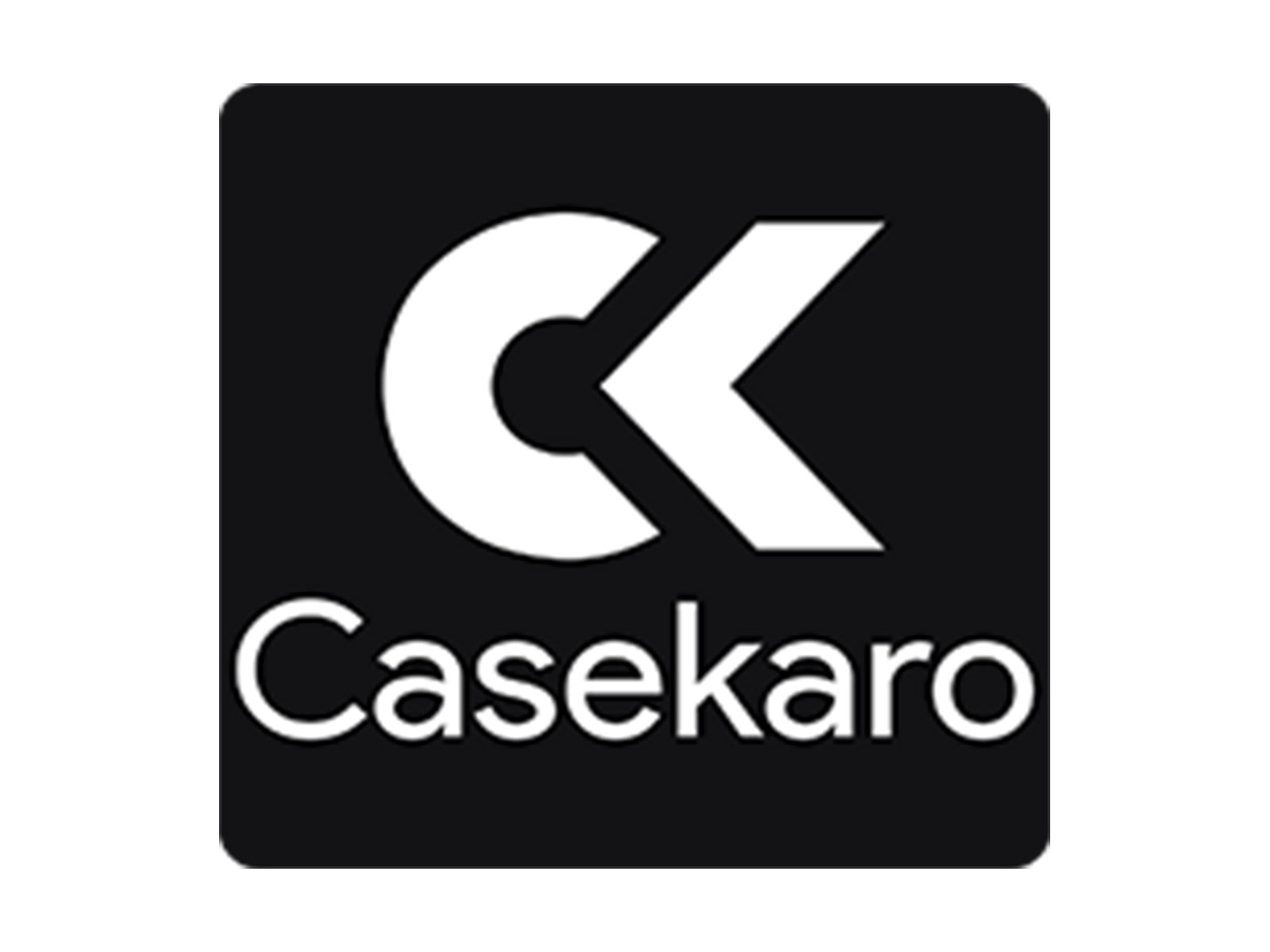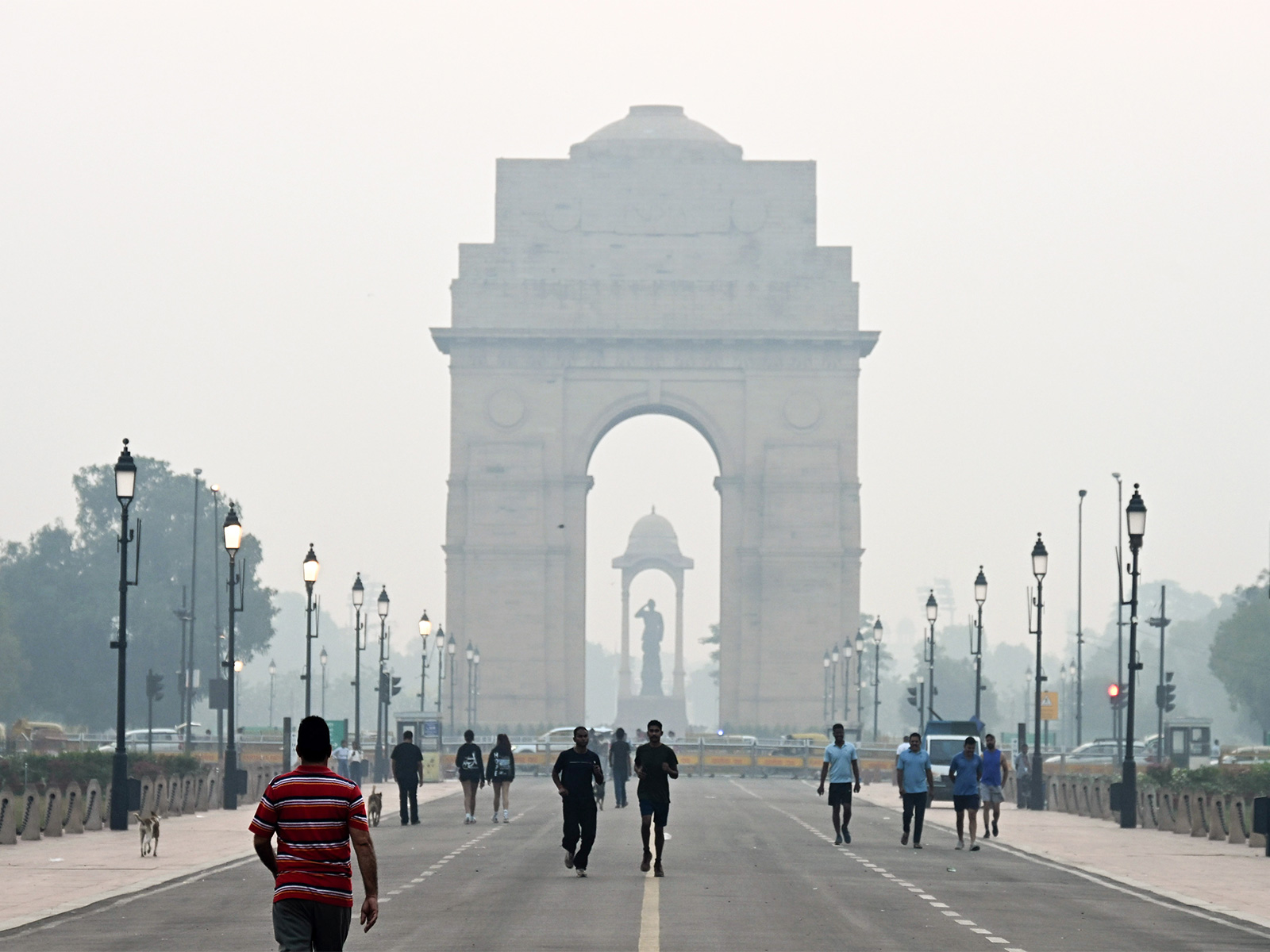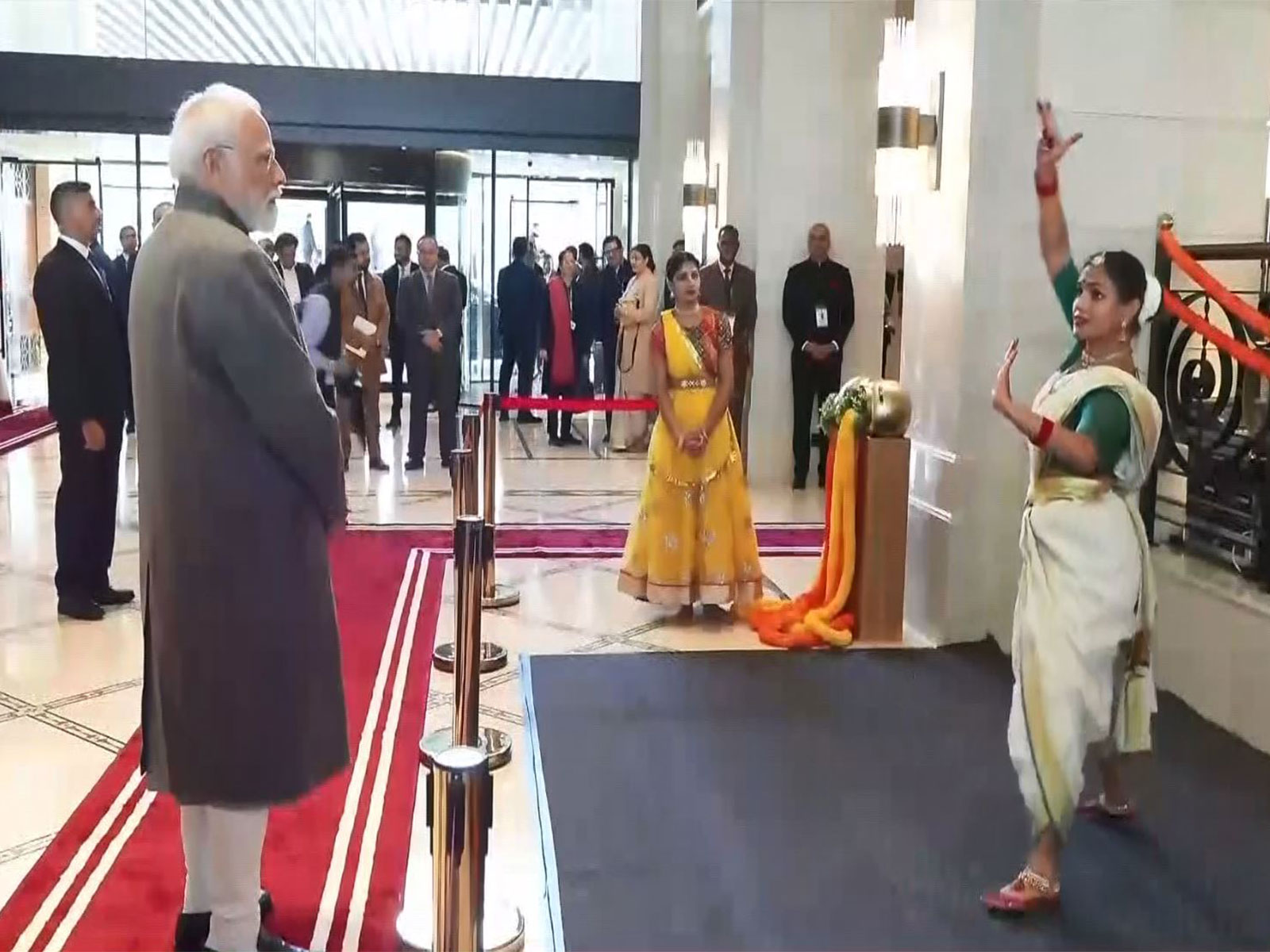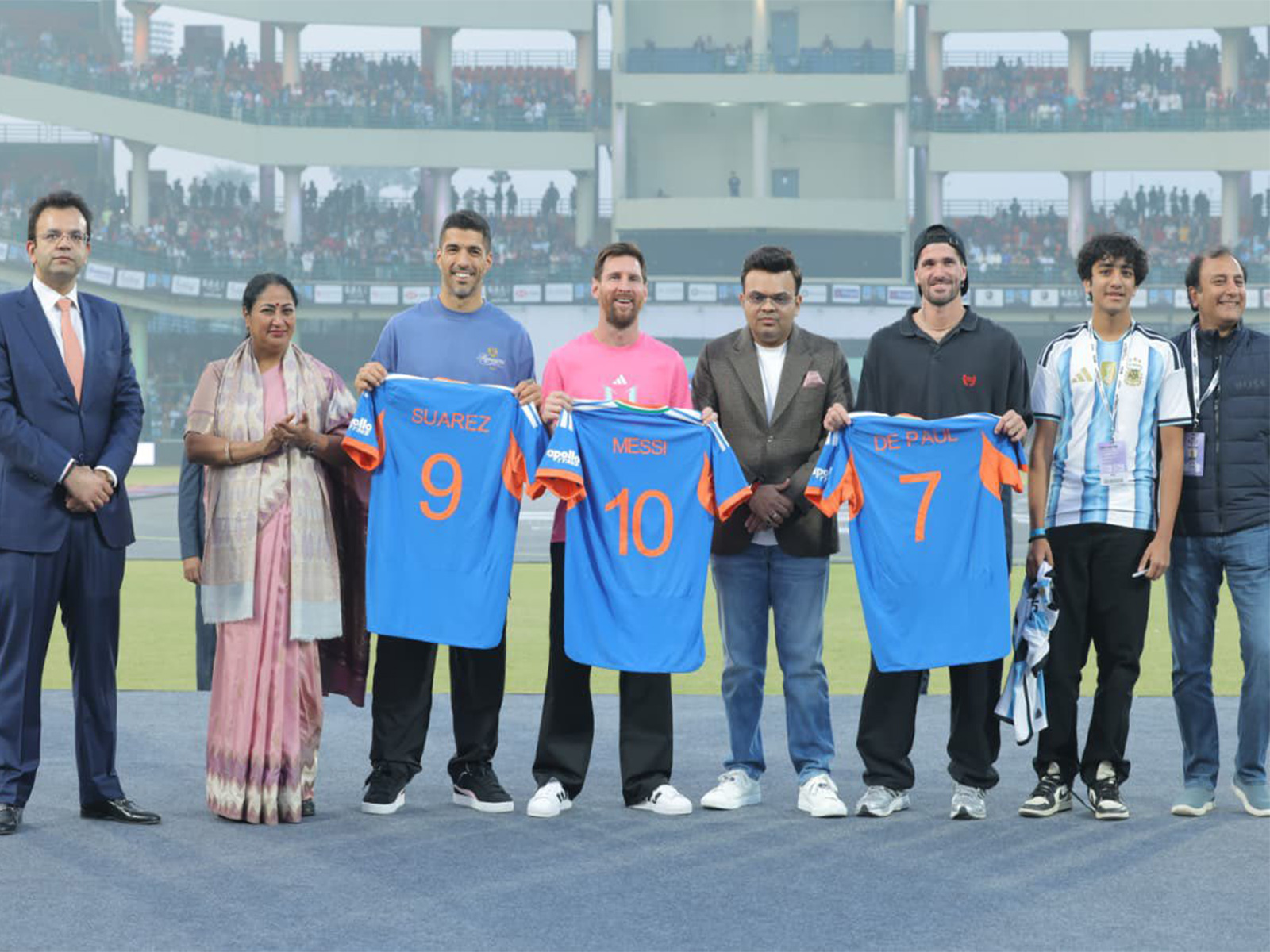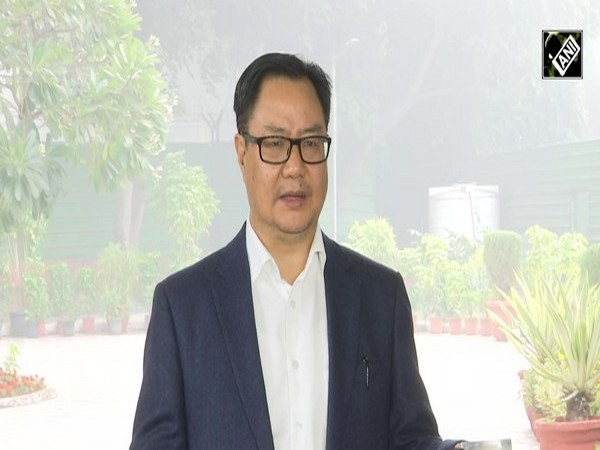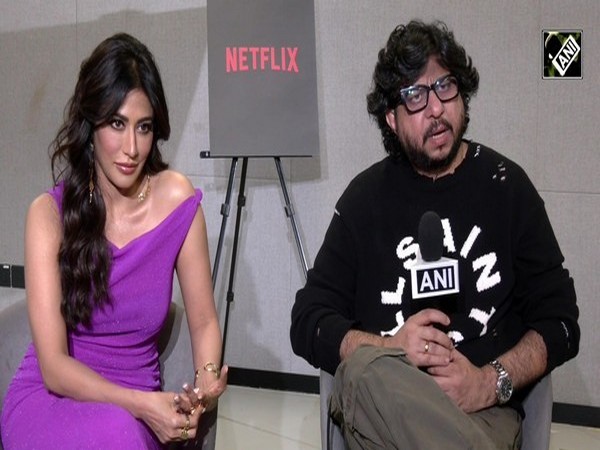Outlets retailing E20 fuel will cover entire country by 2025: Hardeep Puri
Jan 03, 2024

New Delhi [India], January 3 : The number of retail outlets retailing 20 per cent ethanol-blended fuel is now at around 9,300 and it will cover the entire country by 2025, said Union Petroleum Minister Hardeep Puri on Wednesday.
The minister also talked about blending obligations,s, which will be voluntary till the financial year 2024-2025 and mandatory blending obligations would start from 2025-26.
The blending of ethanol into petrol has resulted in savings of over Rs 24,300 crore of foreign exchange in the supply year 2022-23, said the minister.
Public sector oil marketing companies (OMCs) have saved about 509 crore litres of petrol on account of ethanol blending during the ethanol supply year 2022-23, besides leading to an expeditious payment of about Rs 19,300 crore to farmers.
It is estimated that a net reduction of net carbon dioxide to the tune of 108 lakh metric tonnes was seen during the period.
Notably, as recently as last week, oil marketing companies in the public sector announced an incentive of Rs 6.87 per litre for the production of ethanol from C-heavy molasses.
The oil companies believe this incentive would maximise ethanol production from the C molasses route and improve the overall availability of ethanol for the ethanol blended petrol programme. C-molasses is a by-product of sugar factories and its use for ethanol production is an effective way to promote a green economy.
India has already rolled out 20 per cent blended fuel, though in a phased manner, in April 2023 and widespread availability is expected in days to come.
The government is ambitious of attaining 20 per cent ethanol-blended petrol by 2024-25 and 30 per cent by 2029-30. The government has advanced the target of E20 fuel from 2030 to 2025.
E20 blending in petrol was introduced by the Centre to reduce the country's oil import cost, energy security, lower carbon emissions and better air quality.
Notably, at the COP26 summit in Glasgow in 2021, Prime Minister Narendra Modi committed to an ambitious five-part "Panchamrit" pledge, including reaching 500 GW of non-fossil electricity capacity, generating half of all energy requirements from renewables, and reducing emissions by 1 billion metric tonnes by 2030.
India also aims to reduce the emissions intensity of GDP by 45 per cent. Finally, India commits to net-zero emissions by 2070.
The minister also noted that the growth-energy correlation is evident in India as it is now the world's 3rd largest energy consumer, 3rd largest consumer of oil, 3rd Largest LPG consumer, 4th largest LNG importer, 4thlargest refiner and 4th largest automobile market in the world.
During the conference, Hardeep Singh also mentioned about government's steps to increase the share of Natural gas from the present 6.3 per cent to 15 per cent in the primary energy mix, saying there will be an investment of USD 67 billion in Natural Gas infrastructure in the next 5-6 years.
"This will translate into an increase in the gas consumption by over three-fold, from the present level of around 155 MMSCMD (Million Metric Standard Cubic Meters per Day)to over 500 MMSCMD by the year 2030," the minister noted.

